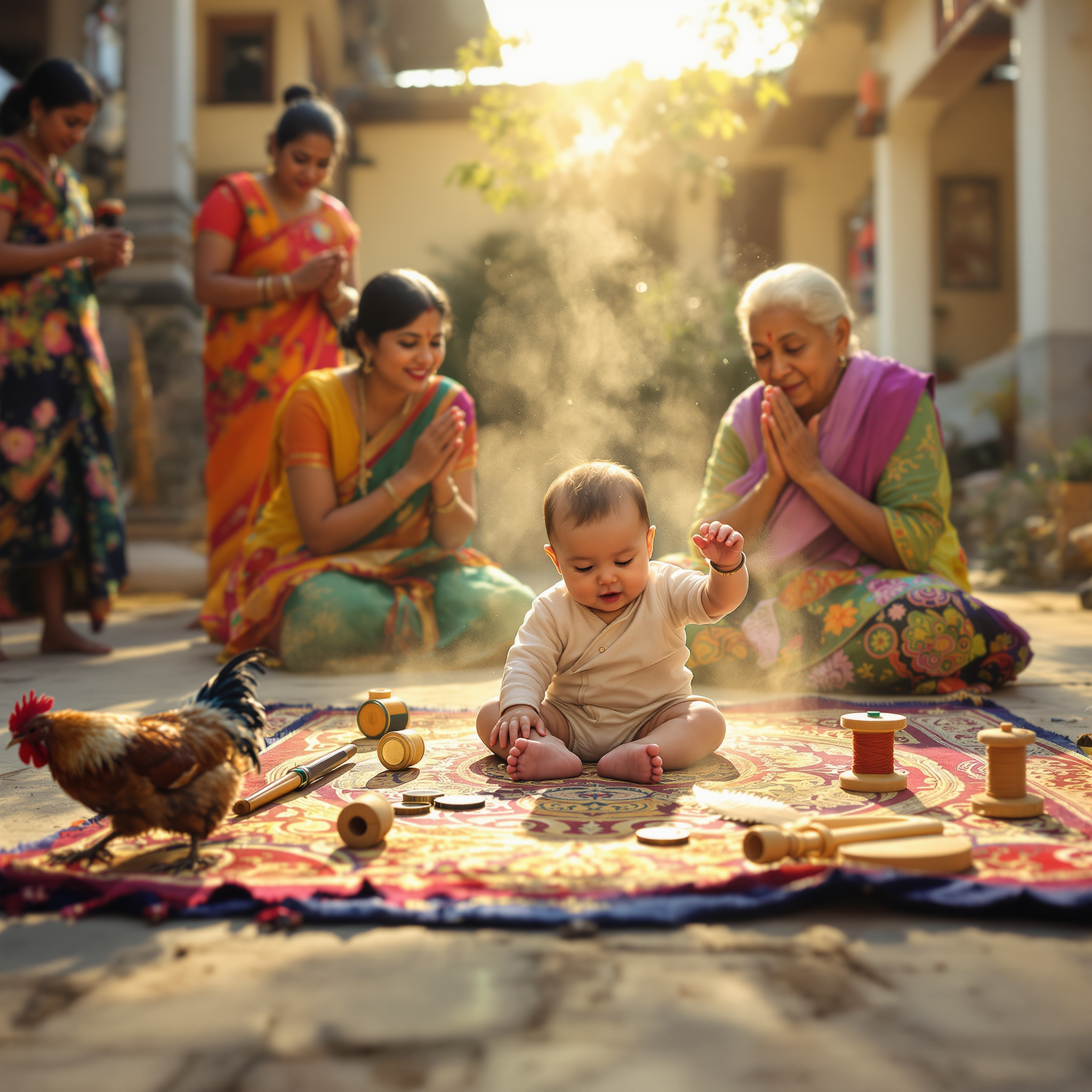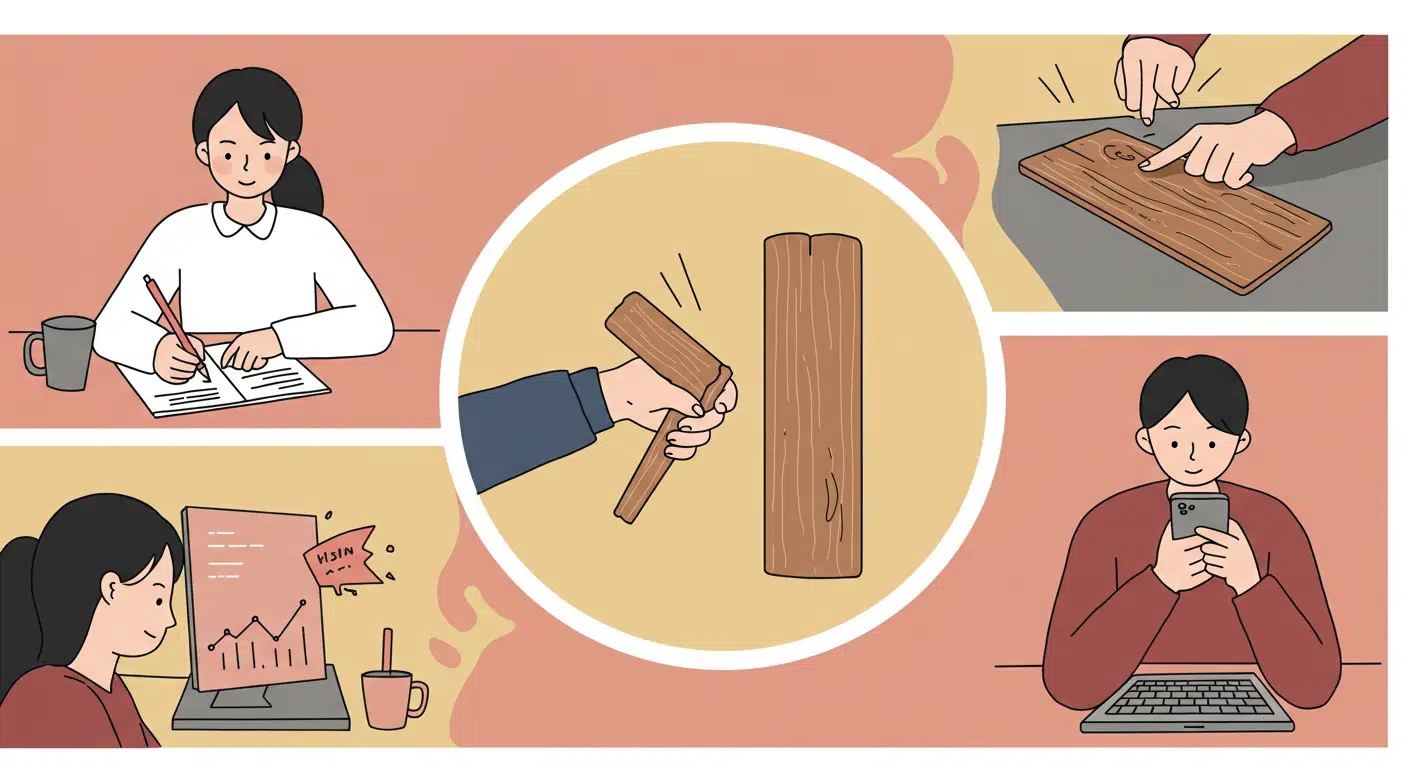The act of breaking a wishbone involves two participants pulling on opposite ends of a dried bird’s furcula—typically from a chicken or turkey—until it snaps. The person who ends up with the larger piece, particularly the one with the central V-shaped section intact, is said to receive good luck or have their wish come true. The ritual is often accompanied by silent or whispered wish-making before the break.
The tradition is based on the belief that birds, especially chickens, possessed prophetic abilities. The wishbone was seen as holding residual oracular power after the bird’s death. Participants believe that the act of pulling and the resulting shape of the break determine which individual the unseen forces favor. Unlike many superstitions, this practice is interactive and centers on chance and competition.



